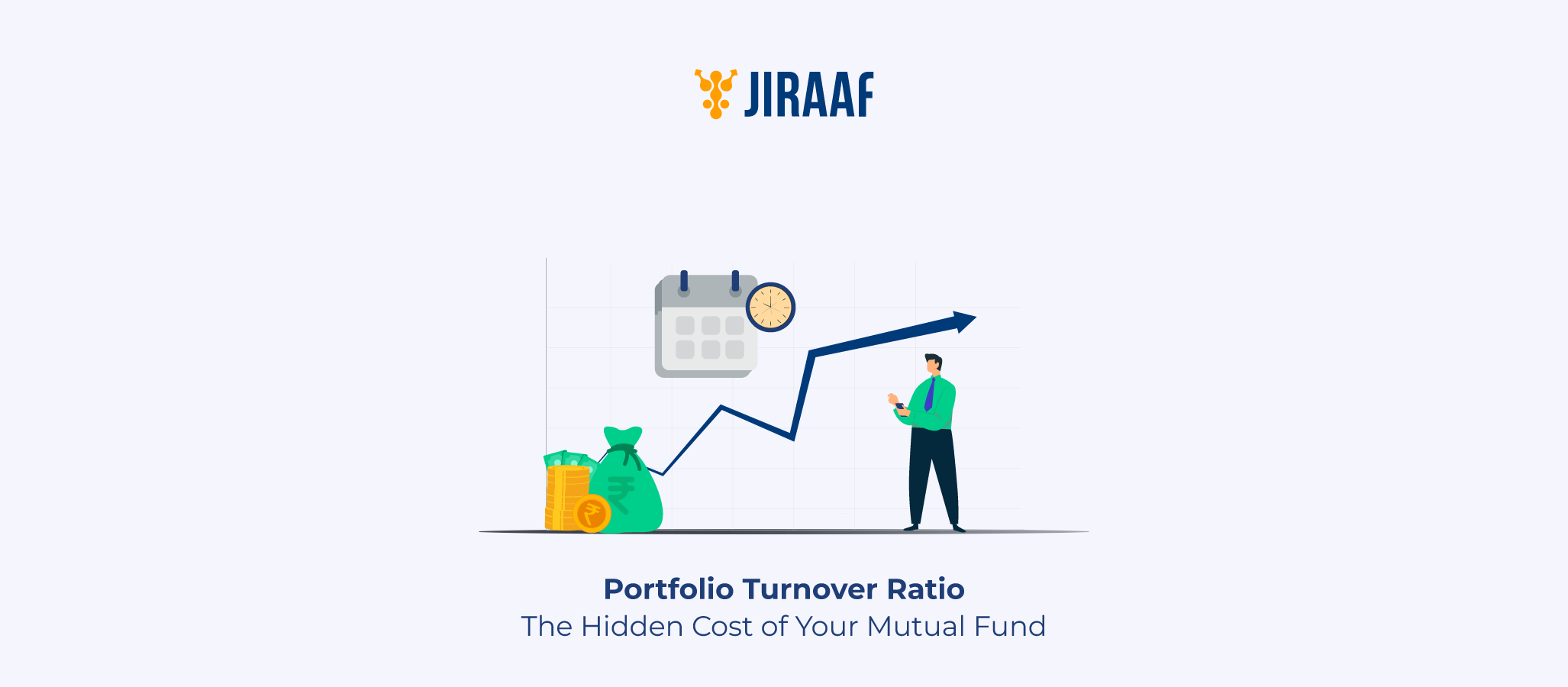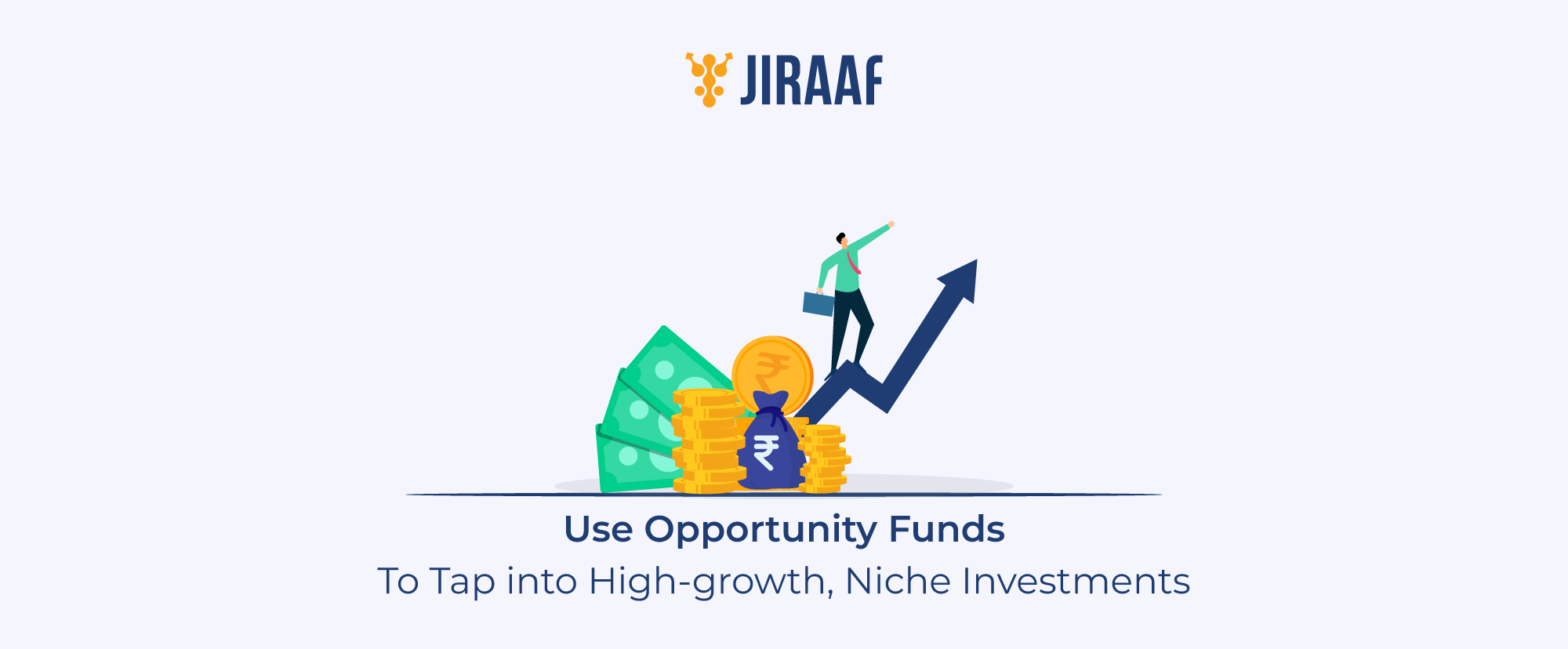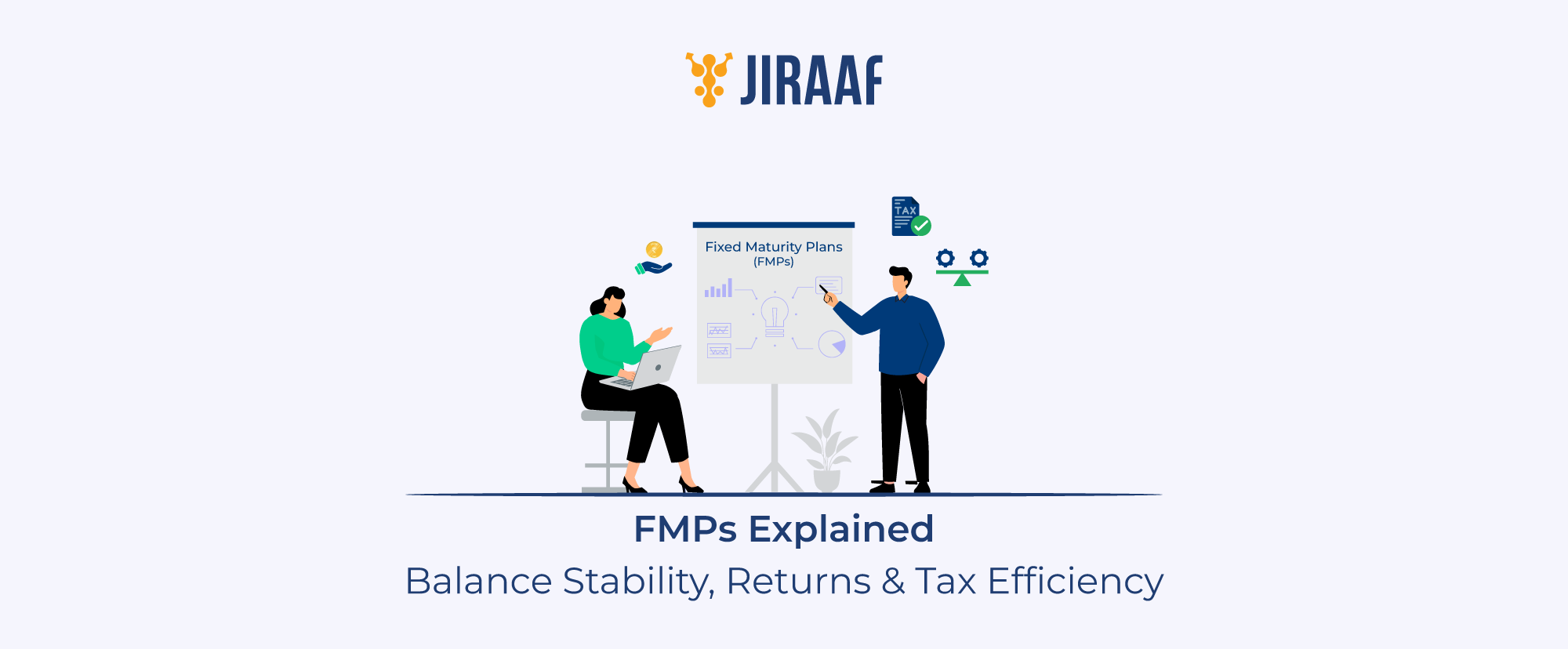When you’re evaluating mutual funds or investment portfolios, one crucial metric you’ll encounter is the portfolio turnover ratio. This tells you how frequently a fund buys and sells securities within a year, and it has real implications for your returns, your taxes, and understanding a fund’s strategy.
What is Portfolio Turnover Ratio?
The portfolio turnover ratio measures the percentage of a fund’s holdings that are replaced – or “turned over” – during a defined period, usually 12 months or one calendar year. If a fund has a turnover ratio of 50%, that means half of its investments were bought or sold in the past year.
In other words, it defines how actively a fund is managed:
- Low turnover = buy-and-hold strategy
- High turnover = Frequent trading and active management
Why Portfolio Turnover Ratio Matters in Mutual Fund Evaluation
This ratio matters because it directly affects your costs and investment behavior:
- Transaction costs: Every buy or sell suffers brokerage, transaction, and other charges. Higher turnover ratio → higher costs → lower net returns.
- Tax efficiency: Frequent trades can generate short-term capital gains, which are taxed at higher rates than long-term gains, making high-turnover funds less tax-efficient.
- Investment philosophy insight: A low portfolio turnover ratio suggests a steady, long-term approach, and a higher ratio indicates active efforts to profit from market opportunities.
Portfolio Turnover Ratio Formula & How to Calculate It
Here’s how you can calculate this important ratio yourself:
Portfolio Turnover Ratio (%) = (Lesser of total purchases or total sales during period)
÷ (Average net assets during the same period) × 100
For instance, if a fund buys ₹50 crore and sells ₹40 crore worth of securities in a year, and its average assets are ₹100 crore:
Turnover = ₹40 Cr ÷ ₹100 Cr × 100 = 40%
Portfolio Turnover Ratio Example: Real-Life Illustration
Let’s say:
- Fund A bought ₹100 Cr, sold ₹80 Cr; average assets ₹500 Cr
→ Turnover = min (100, 80) ÷ 500 = 80 ÷ 500 = 16%.
- Fund B bought ₹620 Cr, sold ₹730 Cr; average assets ₹1,200 Cr
→ Turnover = min (620, 730) ÷ 1,200 = 620÷1200 = 51.7%
These examples reveal that Fund A takes a more patient, long-term attitude, while Fund B trades far more aggressively within the same year.
High vs Low Portfolio Turnover: Pros and Cons
| Turnover Level | Pros | Cons |
| Low (<30–50%) | Lower costs & taxes; aligned with passive funds; more tax-efficient | May miss out on short-term opportunities; slower rebalancing |
| High (>100%) | Can capitalize on market trends; may generate alpha in the short term | Higher trading & tax costs may indicate “churning”- trading for commissions |
Importantly, a high ratio doesn’t always hurt returns, if the fund manager consistently outpaces the benchmark after costs, it could still be worthwhile. That said, excessive turnover accompanied by dull performance is a warning sign.
What is the Ideal Portfolio Turnover Ratio?
- Index or passive funds: Look for 0–30%; anything above 30% indicates a sense of inefficiency.
- Actively managed funds: Ratios between 50% and 150% can be justified, but only if performance compensates for the costs that you incur.
The “ideal” ratio depends on your goals.
- Want low cost and simplicity? opt for turnover of <50%.
- Prefer active strategies? Accept higher turnover but verify if the returns are worthwhile.
Conclusion
In conclusion, the portfolio turnover ratio is a vital indicator of how actively a fund is managed and how frequently its holdings change over time. While a low turnover ratio often signals a stable, cost-efficient, and tax-friendly investment approach, a high turnover can suggest an aggressive strategy aiming to capitalize on market opportunities. However, higher activity also comes with increased costs and potential tax implications. As an investor, understanding this ratio helps you align your investment choices with your financial goals, risk appetite, and preference for active or passive fund management. Always evaluate turnover alongside fund performance, expenses, and consistency to make informed decisions.
FAQs
What is a good portfolio turnover ratio in mutual funds?
For passive funds, near 0–30% is ideal. For active funds, up to 100–150% may be acceptable, provided you see risk-adjusted outperformance.
How do you calculate the portfolio turnover ratio?
Divide the lesser of total securities purchased or sold by the fund’s average net assets, then multiply by 100 for a percentage.
Does a high turnover ratio mean a fund is actively managed?
Yes. A high turnover typically indicates active trading, aiming to exploit market moves.
How does turnover ratio affect fund returns and cost?
Higher turnover raises both transaction costs and tax liabilities, and since these aren’t included in the expense ratio, they reduce your real returns.
Is a lower portfolio turnover ratio always better?
Not necessarily. Lower turnover is more cost-effective but may miss market opportunities. Higher turnover can be beneficial only if the after-cost risk-adjusted return justifies it.
Discover fixed income investments with Jiraaf, a SEBI registered online bonds platform that educates and brings access to a wide array of bonds. Sign up today to explore diversified fixed income investment opportunities to support your goal-based wealth creation journey. Start investing!









